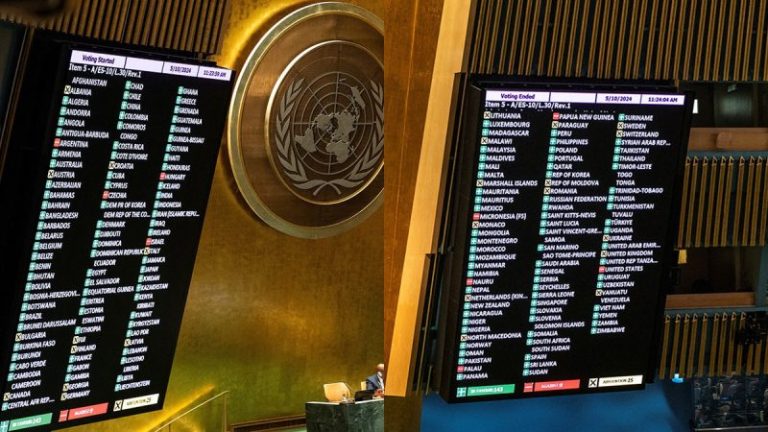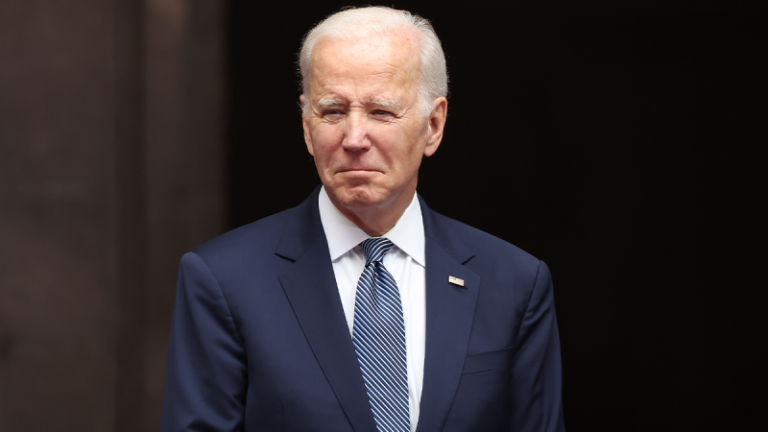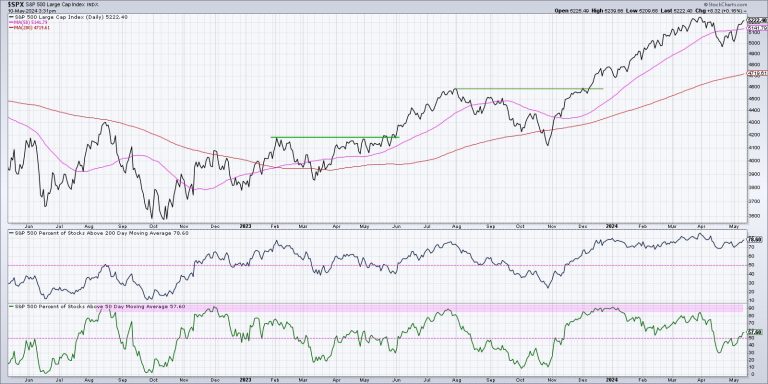The U.S. has promised to vote against any resolution that would seek to grant the Palestinians full membership in the United Nations after a General Assembly resolution passed with significant support from member states.
‘Our vote does not reflect opposition to Palestinian statehood,’ U.S. Deputy Ambassador to the U.N. Robert Wood said after the vote. ‘We have been very clear that we support it and seek to advance it meaningfully: Instead, it is an acknowledgment that statehood will only come from a process that involves direct negotiations between the parties.’
‘This resolution does not resolve the concerns about the Palestinian membership application raised in April in the Security Council through the admissions committee process,’ Wood added. ‘Should the Security Council take up the Palestinian membership application as a result of this resolution, there will be a similar outcome.’
The vote, brought to the floor by the United Arab Emirates, received support from 143 members, with nine voting against and 25 abstaining.
The ‘no’ votes included Argentina, Hungary, Israel and the United States, among others, while the abstentions included Albania, Austria, Bulgaria, Canada, Croatia, Finland, Germany, Italy, Lithuania, Monaco, the Netherlands, Sweden, Switzerland, Ukraine and the United Kingdom, among others.
‘A negotiated two-state solution remains the best path towards an enduring peace where Israelis and Palestinians can live side by side with equal measures of security, freedom, and dignity,’ the U.S. Mission to the U.N. wrote on social media platform X after the vote. ‘Unilateral measures like the UNGA resolution on Palestinian UN membership adopted today will not advance this goal.’
Wood in his address to the General Assembly stressed that the resolution ‘does not alter the status’ of the Palestinians at the United Nations, labeling the motion ‘unproductive,’ but assured that as the resolution did not ultimately grant the Palestinians the rights that would provide ‘the same standing as a member state.’
As such, the U.S. has indicated it will therefore not cut funding to the United Nations or specialized agencies, which it would have had to do under Public Law 101-246. President Obama during his administration cut funding to UNICEF after the organization admitted the Palestinians as members.
Prior to the vote, Israel’s Ambassador the U.N. Gilad Erdan accused members who would support the motion of ‘shredding the U.N. charter.’
‘Shame on you,’ Erdan said as he shredded a small paper with ‘Charter of the United Nations’ written on it in a handheld paper shredder.
Anne Bayefsky, director of the Touro University Institute on Human Rights and the Holocaust and president of Human Rights Voices, told Fox News Digital that ‘Roughly 75% of U.N. member states evidently believe that there is one exception to the U.N. Charter’s membership core requirement of being a ‘peace-loving state,’ namely, the would-be Palestinian terror state.
She warned that ‘With today’s resolution, the U.N. General Assembly could soon have a President from the so-called ‘State of Palestine’ – without any negotiation or agreement to live in peace and security with a Jewish state. Hamas and its Palestinian Authority UN mouthpiece at the helm of the United Nations’ lead body. A day in infamy.’
Several members in their post-vote statements stressed that they condemned the Hamas terrorist attack on October 7, but argued that they deemed Israel’s actions in Gaza of having gone too far: Singapore argued that supporting the motion would hopefully push Israel and the Palestinians to resume discussions aimed at establishing a two-state solution.
France’s mission stressed that it supported the admission of the Palestinians as members of the U.N., but that while it voted in favor of the resolution to indicate ultimate support for the motion, it did not support attempts to ‘circumvent’ the membership admission process.










